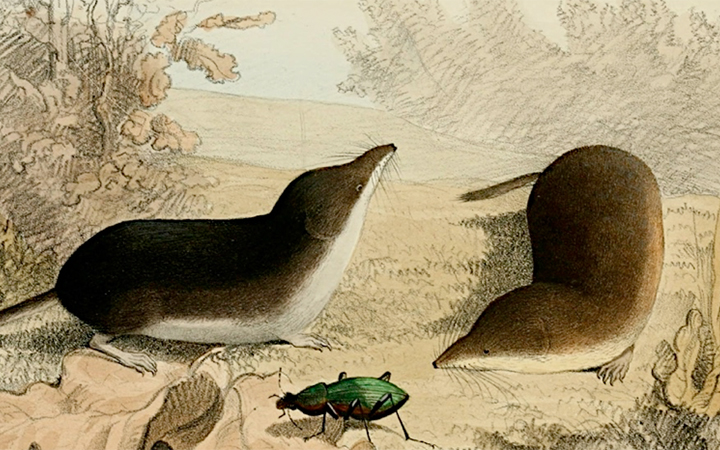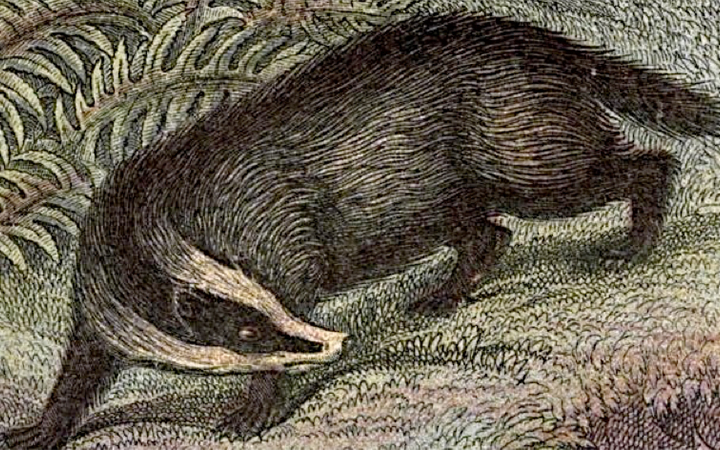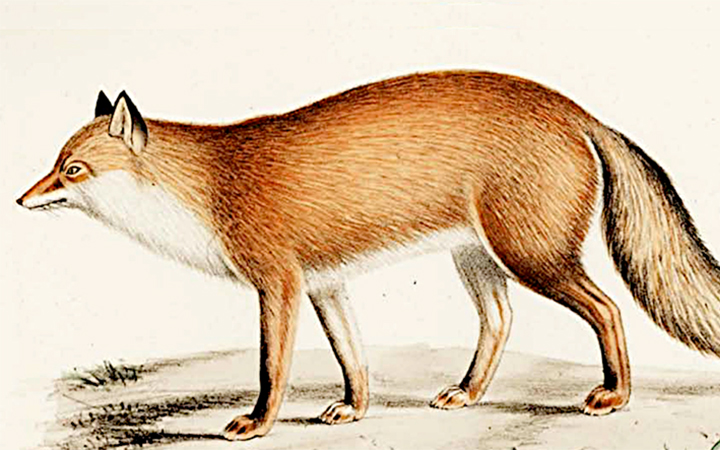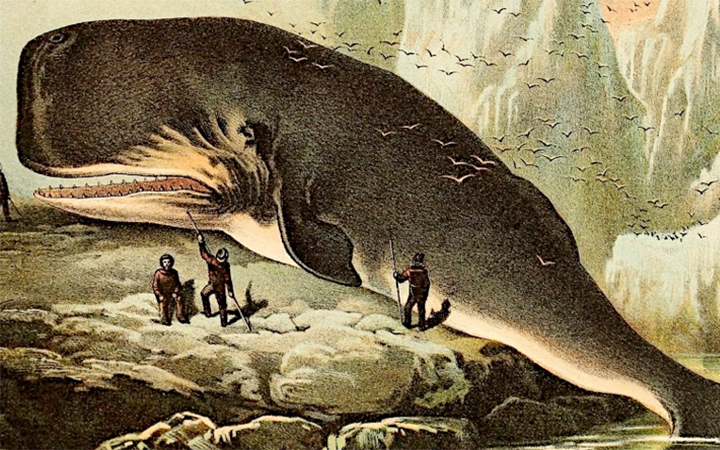Mammalia

Red Squirrels
Sciurus Vulgaris


5 POINTS
Play: The Red Squirrel has a MOVE of 2.
Fact: In Great Britain, Italy and Ireland, numbers have decreased drastically in recent years.

Common Shrew
Sorex araneus


7 POINTS
Play: The Common Shrew has a MOVE of 2.
Fact: Shrews need to consume 200-300% of their body weight each day in order to survive. A shrew must eat every two to three hours to achieve this goal.

European Badger
Meles meles


4 POINTS
Play: The European Badger has a MOVE of 2.
Fact:The European Badger can become torpid (a kind of temporary hibernation) for two or so days at a time.

Red Fox
Vulpes vulpes


1 POINTS
Play: The Red Fox has a MOVE of 2. Can also be played on Urban.
Fact: THe earliest fossil specimens of V.vulpules were uncovered in Barany, Hungary dating from between 3.4 and 1.8 million years ago.

Sperm Whale
Physeter macrocephalus


8 POINTS
Play: The Sperm Whale has a MOVE of 2.
Fact: From the early 18th century through the late 20th, the species was a prime target of whalers. The head of the whale contains a liquid wax known as spermaceti, from which the whale derives its name.

Human
Homo sapiens


3 POINTS
Play: This Human has a MOVE of 2. Can be played next to any TERRAIN.
Fact: Although an omnivore, this card can only be played next to a SPECIES card that represents food that the player would actually eat.